From discovering planets to observing comets, women have also played an important role in exploring the Universe. The list of women scientists who have contributed to our understanding of the cosmos is very large, so in honor of International Women’s Day on March 8, we have selected ten of the most influential names who have forever changed our ideas about astronomy.
Caroline Herschel (1750-1848)
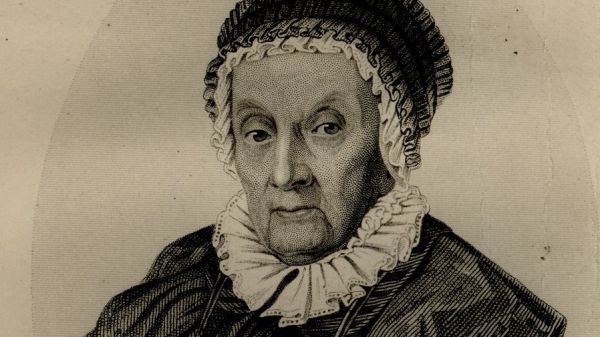
Friedrich William Herschel is known as an outstanding astronomer, the first to notice the moons of Saturn and Uranus, the first to use the term “asteroid”, and also discovered infrared radiation. At the same time, he had a sister, Caroline Herschel, who was also an astronomer, who was attributed with the discovery of the comet. She was also the first to receive honorary membership in the prestigious Royal Society of Great Britain.
Herschel helped polish the telescope mirrors and did other ancillary work for her brother. She also helped him with the compilation of a 20-year survey of the night sky, including 2,500 new nebulae and star clusters, which were eventually collected into a “New General Catalog”. Caroline Herschel also observed the sky on her own using a small Newtonian telescope. Among her discoveries: the scattered cluster NGC 2360, the satellite nebula of the Andromeda galaxy NGC 205 and the aforementioned comet.
Maria Mitchell (1818-1889)
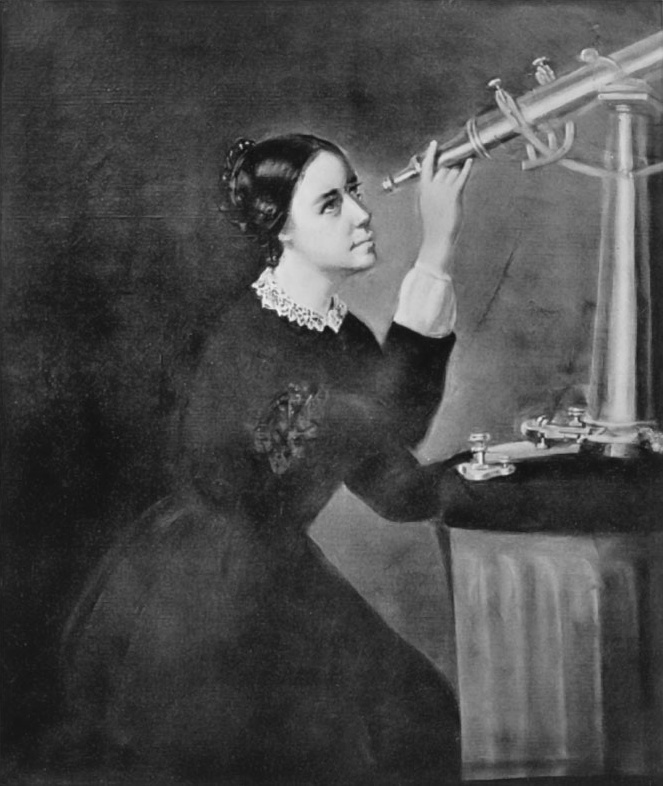
Maria Mitchell is called the first professional female astronomer in the United States. In science, she is remembered for the discovery of a comet using a telescope in 1847 – for this achievement she received the gold medal of the King of Denmark.
Mitchell took a great interest in astronomy from childhood. By the age of 12, she had helped her father calculate the exact position of their house with the help of a solar eclipse. From 1836 to 1856, she worked as a librarian at the Nantucket Atheneum, resigning from that position to focus on travel and astronomy. She was a professor of astronomy at Vassar College until 1865. She became the first female member of the American Academy of Arts and Sciences and founded the Association for the Advancement of Women.
Annie Jump Cannon (1863-1941)
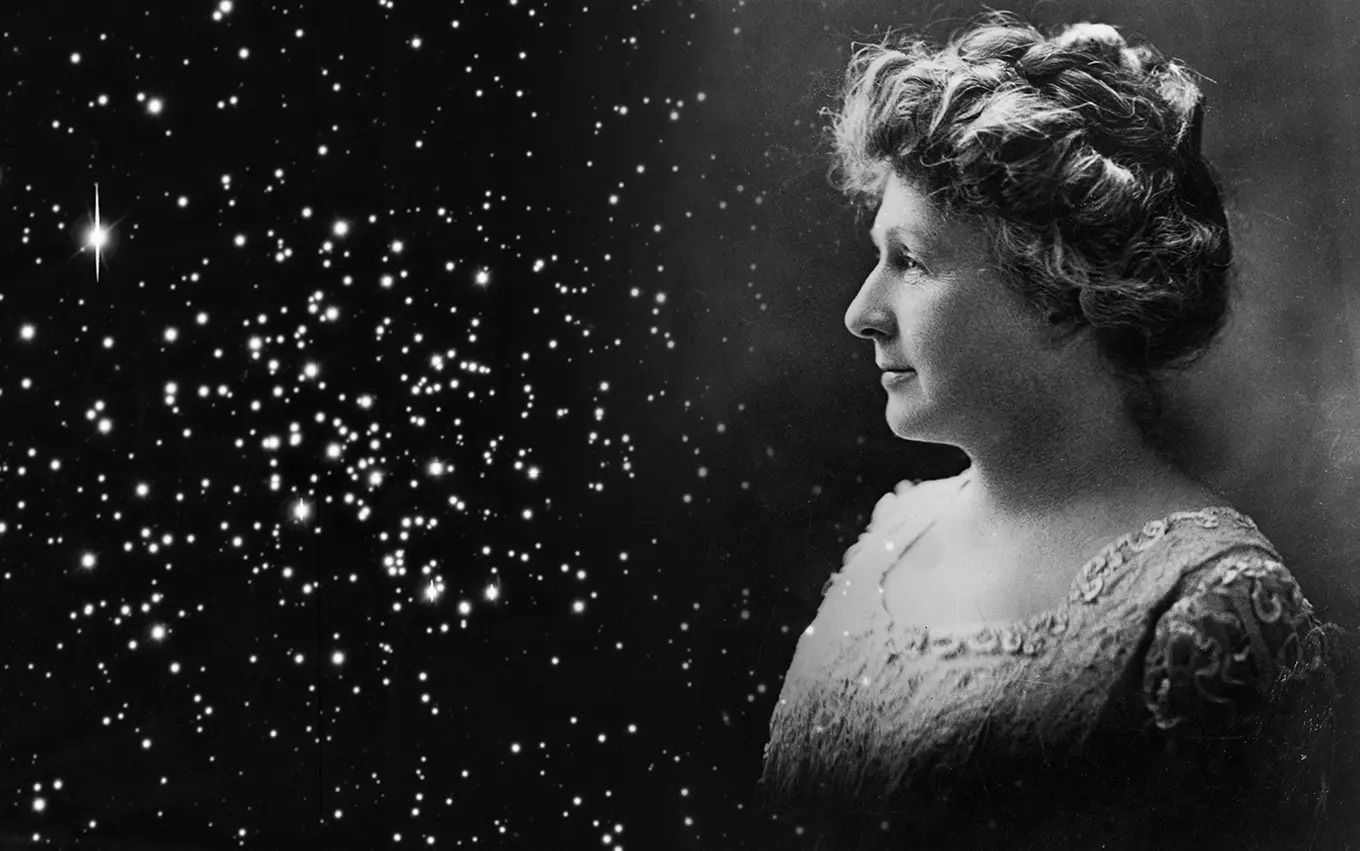
Annie Jump Cannon is known for her approach to star classification and exploration. It is she who is responsible for the famous classification of O, B, A, F, G, K or M for stellar objects. Cannon began her career as one of several dozen female mathematicians hired by Edward Charles Pickering, director of the Harvard College Observatory. Cannon and her colleagues spent time examining photographic plates of stars, classifying them, but this work was considered too exhausting for people of that time. During her career, Cannon classified more than 350,000 stars and complemented the work of other scientists in understanding stellar spectra. Among other career achievements: the creation of the Harvard Catalog of Variable Stars and the status of a Harvard employee in 1938.
Henrietta Swan Leavitt (1868-1921)
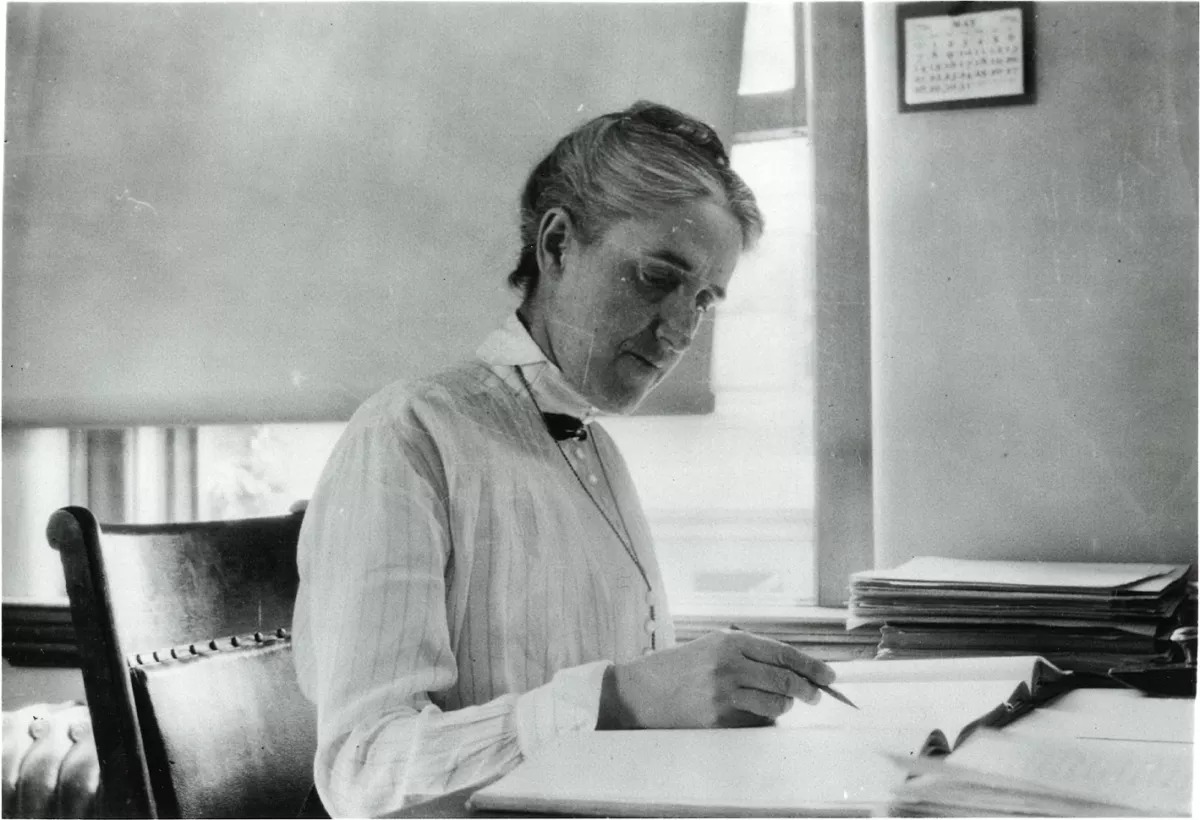
Henrietta Swan Leavitt is best remembered for discovering the relationship between period and luminosity in variable cepheids. Cepheids are used as standard distance markers in astronomy, which allows scientists to accurately estimate distances to galaxies and other distant objects.
Unfortunately, Leavitt received little recognition during her lifetime, because most of the fame went to Harlow Shapley, who used Leavitt’s work to determine distances in the Milky Way. However, after her death, other astronomers recognized her work. For example, American astronomer Edwin Hubble used Leavitt’s information, which helped him calculate the distance to the Andromeda Galaxy closest to the Milky Way.
Cecilia Payne-Gaposchkin (1900-1979)
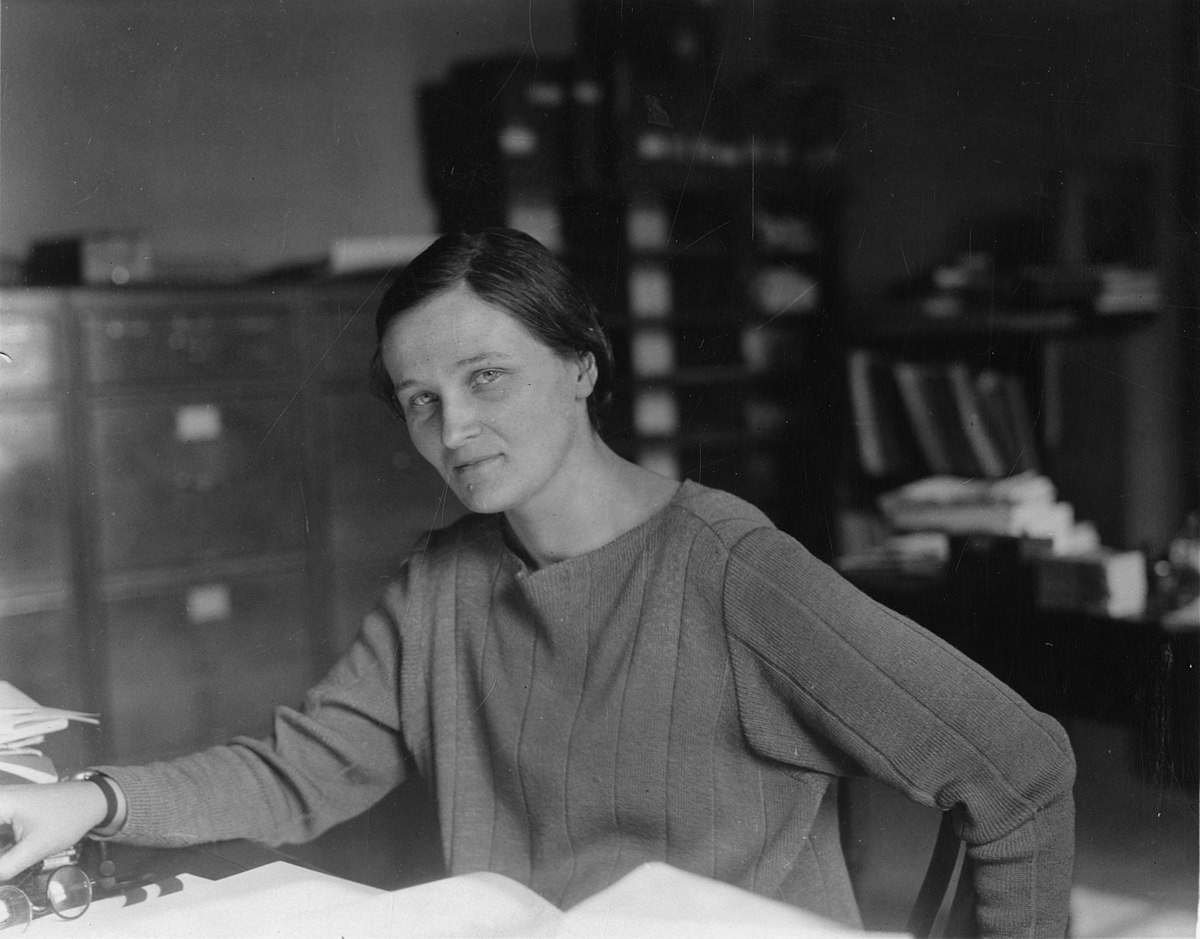
Despite the fact that Cecilia Payne-Gaposchkin was not very recognized in her life, she made a considerable contribution to astronomy. She was the first woman to receive a Ph.D. in astronomy from Harvard’s Radcliffe College. Her dissertation focused on how lines in the spectra of stars were related to the physical conditions on these objects, which was fundamental work still underlying our current exploration of the Universe.
Cecilia was the first to suggest that hydrogen is the main component of most stars. Working contrary to the scientific consensus of the time, Payne-Gaposchkin reduced her discovery in order to publish her work. However, her hypothesis was subsequently confirmed along with her later assumption that helium was also a major component of stars. For her outstanding discoveries in astronomy, she received a professor’s degree from Harvard in 1956, becoming the first woman with such a title at the famous university.
Margaret Burbage (1919-2020)
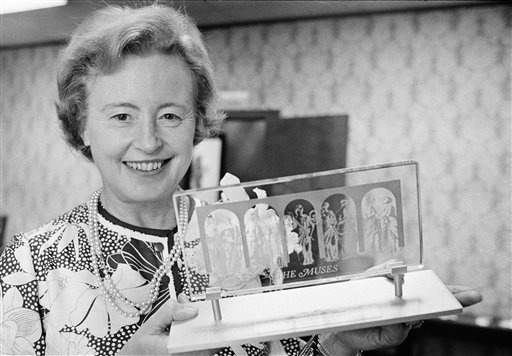
Margaret Burbage’s contributions to astronomy included the study of the nature of stars and contributions to the development of instruments on the famous Hubble Space Telescope. She is best known for her work on reactions inside stars, as well as how over time they create heavier elements and spread them through the Universe.
Burbage worked on other fundamental branches of astronomy, such as the masses and rotations of spiral galaxies such as the Milky Way, as well as the redshifts of quasars. More recent awards include becoming the first female president of the International Astronomical Union’s Galaxy Commission, director of the Royal Greenwich Observatory in London, and president of the American Astronomical Society.
Nancy Grace Roman (1925-2018)
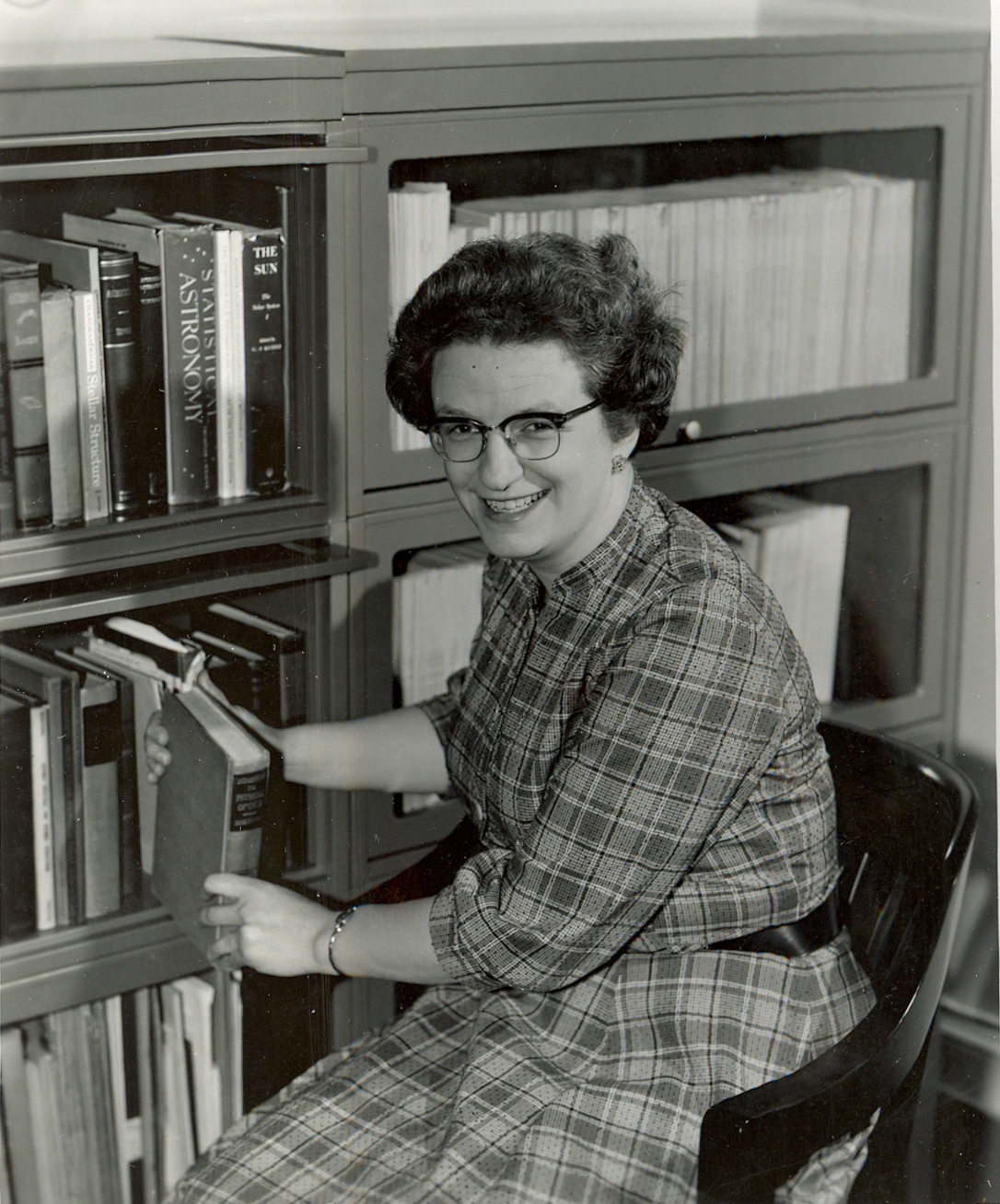
Nancy Grace Roman is best remembered as the first head of the astronomy department in the Office of Space Science at NASA headquarters and the first woman to hold a senior position at the space agency. Among her managed projects were the world–famous Hubble Space Telescope, for which she was nicknamed the “mother of Hubble”. The Nancy Grace Roman Space Telescope, which will be launched in the mid-2020s and will study energy, is named in her honor.
Vera Rubin (1928-2016)
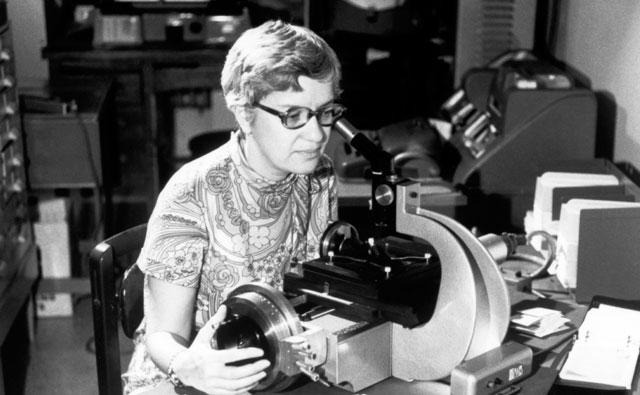
Vera Rubin’s main contribution to astronomy was that galaxies mostly consist of dark matter, a substance that we cannot directly measure with modern instruments. Rubin came to this conclusion after studying the spectra of stars in the Andromeda galaxy to determine their individual velocities using the Kitt Peak Observatory in the mountains of southern Arizona. Moreover, Rubin proved that 80% of our Universe consisted of dark matter and dark energy, and only 20% was occupied by the familiar baryonic matter. In January 2020, the Large Synoptic Survey Telescope (LSST) was renamed after Vera Rubin.
Carolyn Shoemaker (1929-2021)
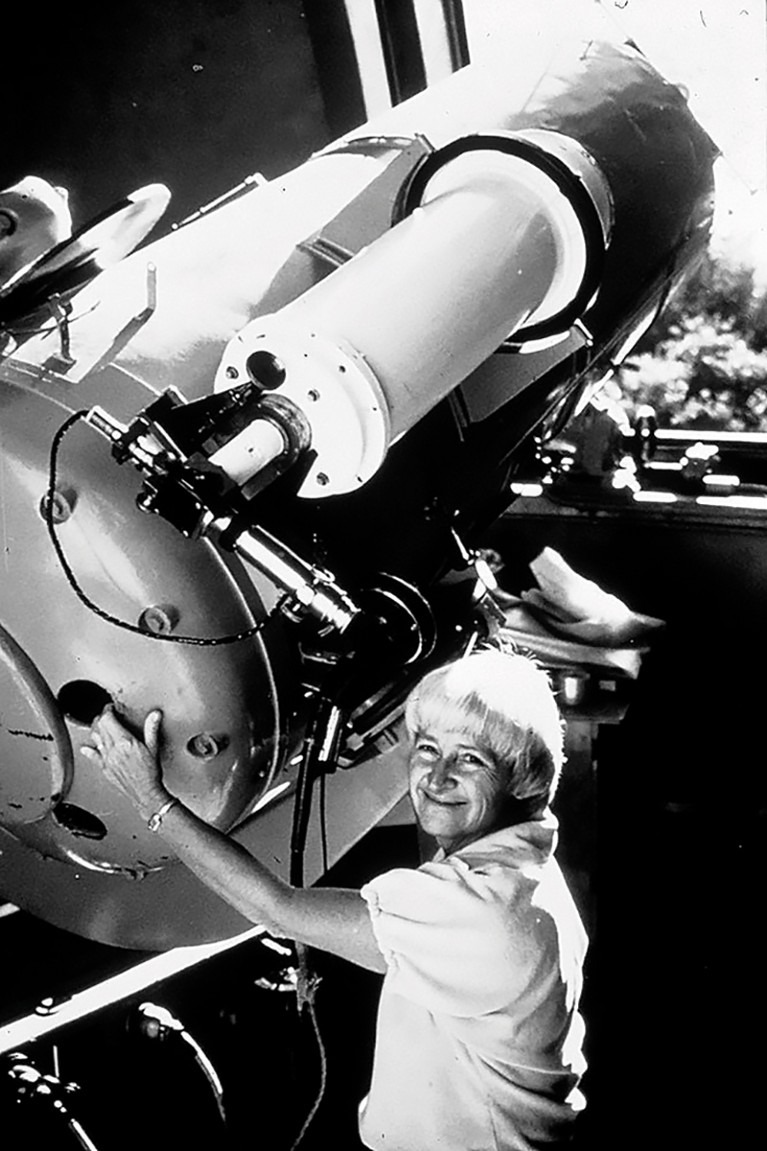
Carolyn Shoemaker holds the record for the number of comets discovered by an individual, with at least 32 to her credit, as well as about 800 asteroids. She is better known to readers as the co-discoverer of the Shoemaker-Levy 9 comet.
Most of Shoemaker’s work on finding comets took place when they were still being photographed on photographic plates. To speed up the search, she used a stereoscope to manually flip the plates back and forth to find subtle changes. At its peak, the rate of its discoveries was approximately one comet per 100 hours of search.
Heidi Gammel (1960 – present)
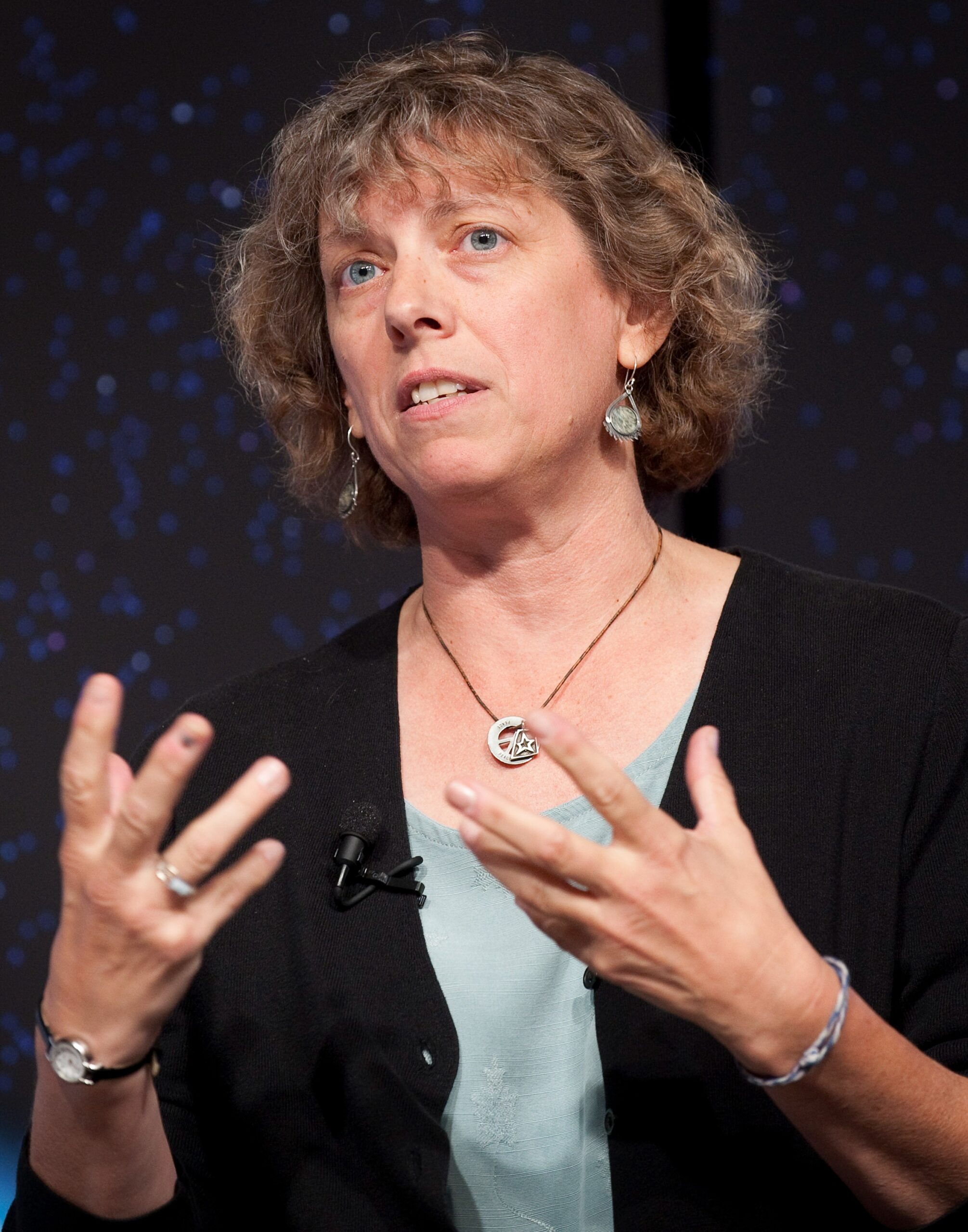
Heidi Gammel is an American astronomer specializing in the study of Neptune and Uranus, a senior scientist and research coordinator at the Institute of Space Sciences in Boulder (Colorado). In 1989, she worked in the Voyager 1 and Voyager 2 probe programs. Gammel was a member of the team responsible for sending the Galileo spacecraft into space. Her work as a planetary astronomer covers numerous missions, including observations with the Gemini, Hubble, Spitzer and Keck telescopes. One of her last roles is interdisciplinary scientist of the James Webb Space Telescope – the main mission of NASA, which explores everything from exoplanets to objects of the early Universe.
Earlier we reported on what Ukrainian scientists said.
Follow us on Twitter to get the most interesting space news in time
https://twitter.com/ust_magazine
